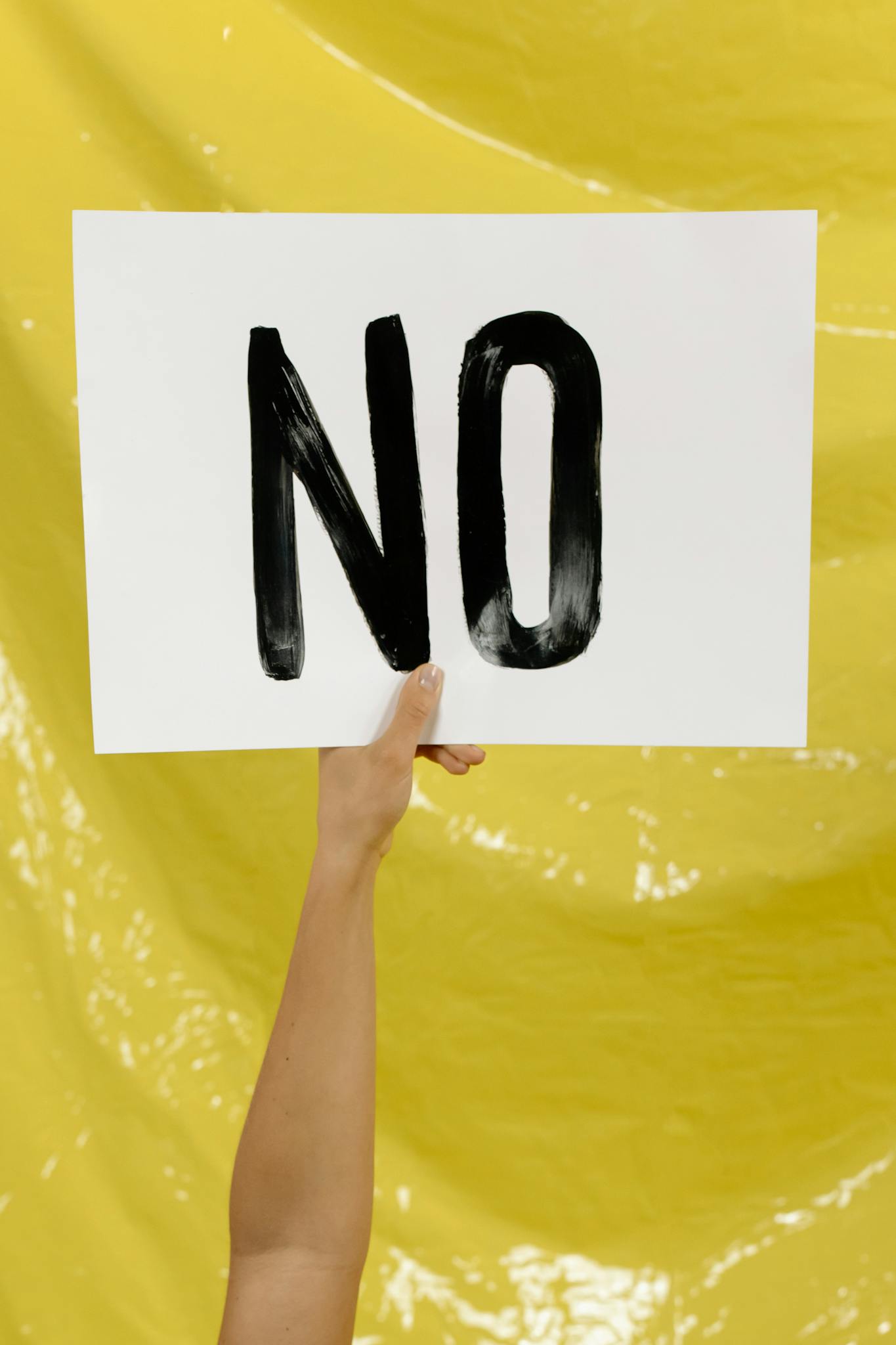Saying No to More and Yes to Less: A Key to Unlocking Your Best Work

As a naturally curious “idea machine,” I know firsthand how tempting it is to say yes to every idea, opportunity, and request that comes my way. For years, I believed that embracing every possibility was the key to success. More ideas meant more innovation, more commitments meant more growth, and more tasks meant more productivity—or so I thought. But what I didn’t realize was that saying yes to everything was slowly pulling me in too many directions, leaving me feeling scattered, overextended, and, ironically, less effective in the work that mattered most.
There was a creative person I once knew who had a week that perfectly illustrated the hidden cost of saying “yes” too often. They had taken on three simultaneous projects—each exciting in its own way. One was a collaboration with a fellow creative innovator, another was a passion project they had been eager to start, and the third was a client request they felt obligated to accept.
On paper, it all seemed doable.
But by the end of the month, they were completely drained. Despite all the effort, none of the projects had made meaningful progress because their focus was scattered. What started as enthusiasm quickly turned into frustration, leaving them wondering why they had agreed to so much in the first place.
Watching that unfold, I saw a familiar pattern—one I had fallen into myself a long time ago. It reminded me of a crucial lesson I had learned the hard way: more isn’t always better. In fact, more can often mean scattered focus, diminished energy, and a decline in both work quality and well-being. That realization led me to shift my approach—saying “no” to more and “yes” to less. The impact was undeniable: greater clarity, deeper creativity, and a newfound ability to produce meaningful, high-impact work.
If you find yourself in a similar struggle, let’s explore why saying no to more is one of the most powerful decisions you can make.
Why Saying No to More Matters
1. Prevent Mental Overload and Decision Fatigue
Your brain thrives on novelty, but saying “yes” to every opportunity can lead to cognitive overload. Just like binging on junk food, too much mental stimulation leaves your mind scattered and exhausted. Decision fatigue sets in, making it harder to prioritize effectively. Instead, focus on what truly moves the needle and set clear boundaries to protect your mental energy.
2. Enhance Creativity and Execution
Many people believe that creativity means constantly generating new ideas. In reality, true innovation comes from focused execution. Spreading yourself too thin leads to stalled progress and unfinished projects. When you intentionally say no to distractions and non-essential tasks, you free up time and mental bandwidth for deep work—allowing your best ideas to come to life.
3. Protect Your Energy and Avoid Burnout
You have finite time and resources. If you constantly say “yes” to every request, you’ll quickly experience burnout. Overcommitment not only drains your energy but also diminishes the quality of your work. Protecting your time allows you to fully commit to projects that align with your strengths and passions, leading to greater fulfillment and long-term success.
4. Strengthen Your Brand and Expertise
For consultants and service providers, saying yes to every client or opportunity can dilute your brand and authority. Not every project aligns with your expertise. By focusing on high-impact work that resonates with your skills and values, you establish a reputation for excellence and long-term sustainability in your industry. When you define clear boundaries, you attract the right opportunities instead of chasing every possibility.
A Simple Challenge: Say No to More
This week, choose one specific area where you will say no to more and yes to less. Write it down. Reflect on how this shift could improve your focus, creativity, and overall well-being. Whether it’s reducing distractions, declining unnecessary meetings, or cutting back on commitments that drain you, a single shift can create a ripple effect of positive change.
By next Sunday, review your progress and adjust your approach as needed. Mastering this practice takes time, but the rewards—clarity, higher-quality work, and improved leadership—are well worth it.
Final Thoughts
Saying no is not about limitation; it’s about liberation. It’s about freeing yourself from obligations that don’t serve your bigger vision. By embracing the power of less, you create space for what truly matters—your most meaningful work, personal well-being, and the opportunity to make a lasting impact.
Are you ready to embrace the power of less? Let me know how it goes!
I hope you find something useful in today’s Wonder Blog article. Share this article with someone who could use a dose of wonder.
Here are some other articles you might find useful:
Unlocking Impactful Creative Ideas Through Radical Openness
Tapping into Creative Collaboration
The Role Core Values Play in Strategy Execution